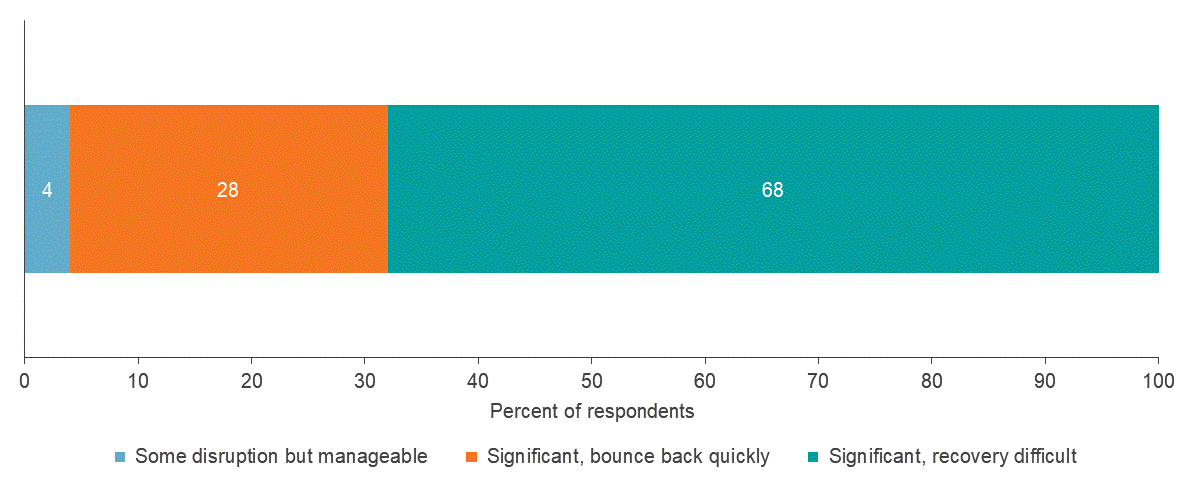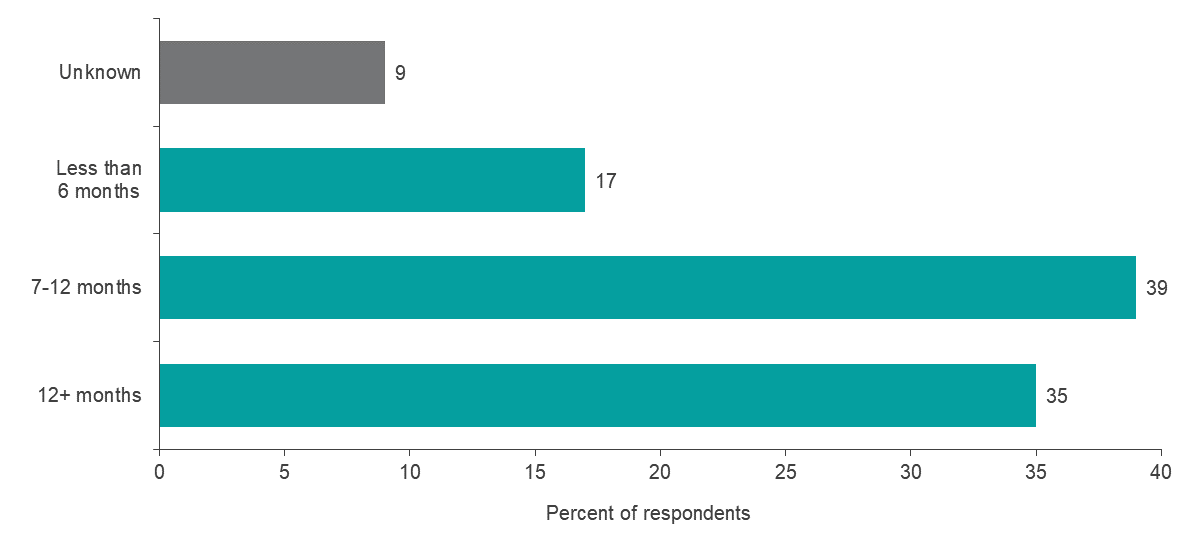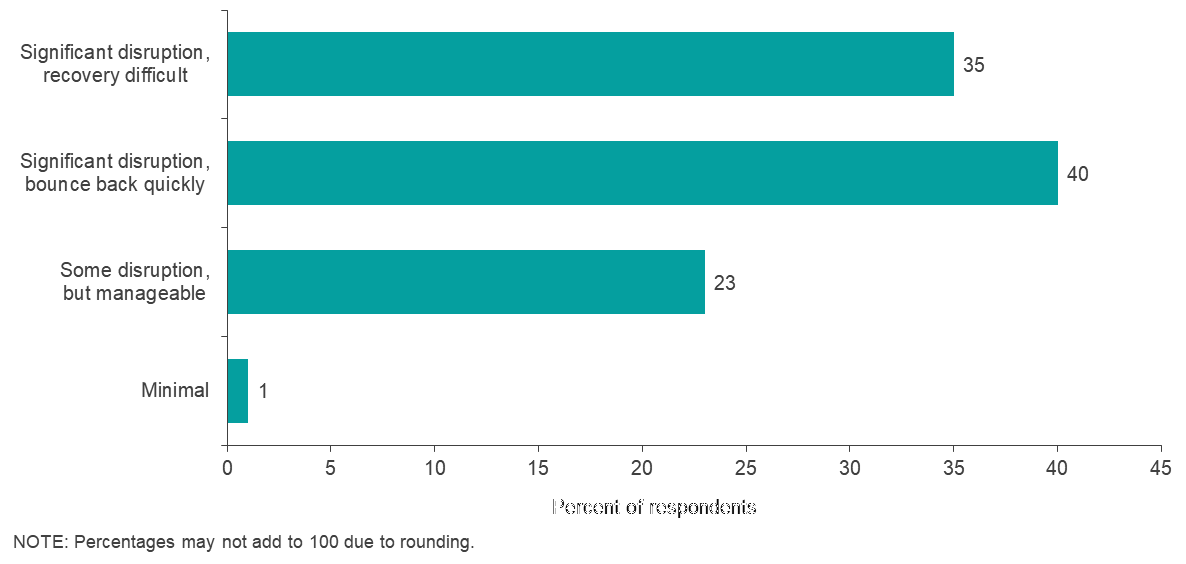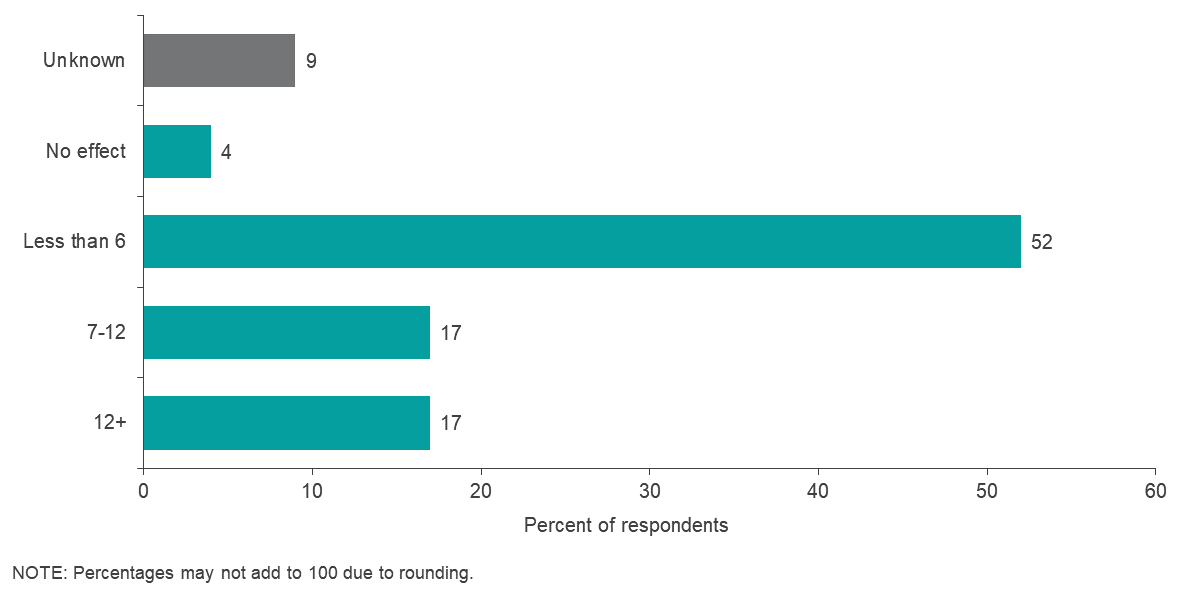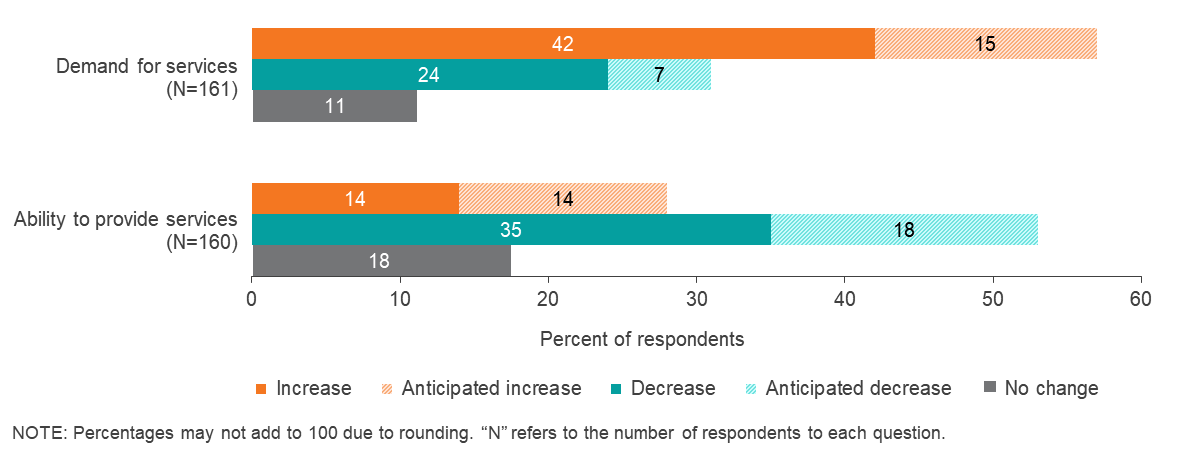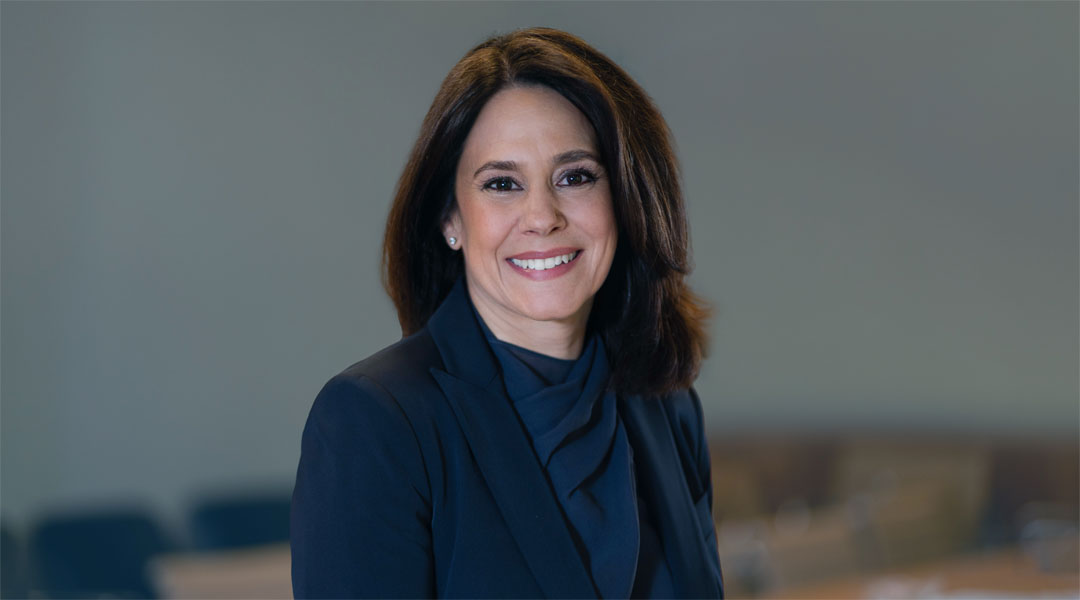
Communities, service providers in region see long road to COVID-19 recovery, Fed survey shows
Across the country, workers are facing an economic crisis along with a health crisis caused by COVID-19. Reduced wages, fewer hours and job losses have hit many households hard. This is particularly true in low-income communities and communities of color and for those who are in need but are not receiving state and federal assistance. During this time of uncertainty, community leaders are working hard to assist those who need immediate relief.
From April 8 to April 10, the 12 Federal Reserve Banks and the Board of Governors surveyed these leaders to learn more about the economic outlook for their communities as well as the pandemic’s effect on each of their entities. The Fed received 3,899 survey responses from across the country via email. Respondents represented nonprofits, community organizations, government agencies and financial institutions. The Fed published the survey results in its report, “Perspectives from Main Street: The Impact of COVID-19 on Communities and the Entities Serving Them.”
Among the 3,899 respondents, 162 represent organizations in the Dallas Fed’s Eleventh District, which covers Texas, northern Louisiana and southern New Mexico. Their responses largely mirrored survey results from around the country, with a few slight variations. We know that macro-level economic interventions will be more successful when we understand the degree of economic strain on our district’s residents and the burden this strain puts on service providers. As a key step in this process, we asked local community leaders a series of questions about COVID-19 disruptions and captured their experiences in the results below. (Each question had 162 individual responses unless otherwise noted.)
Question 1: At this point in time, what level of disruption is COVID-19 having on economic conditions in the communities you serve?
Nearly all respondents reported that the pandemic caused “significant” disruption to economic conditions in their communities. Over two-thirds (68 percent) anticipate a “difficult” economic recovery, while a little less than one-third (28 percent) expect their local economy to “bounce back quickly.”
Question 2: How long do you expect it will take for the communities you serve to return to the conditions they were experiencing before the impact of COVID-19?
Nearly 40 percent of respondents estimate that it will take seven to 12 months for their communities to return to pre-pandemic economic conditions. Another 35 percent believe it will take longer than one year.
Question 3: At this point in time, what level of disruption is COVID-19 having on the entity you represent?
Three out of four respondents said the pandemic had caused “significant” disruption to their own organization. Out of those respondents, a little more than half expect to “bounce back quickly” and a little less than half anticipate a “difficult” recovery ahead.
Question 4: How many months can your entity operate without financial distress?
When asked how long their organization could run before experiencing financial distress, 52 percent answered that they could operate for no longer than six months before financial difficulties set in. Seventeen percent estimate that they have seven to 12 months before experiencing financial distress, and another 17 percent expect they could operate for another year without experiencing distress.
Question 5: In what ways has COVID-19 impacted the entity you represent?
Fifty-seven percent of respondents have seen an increase or anticipate an increase in the demand for their services. However, when asked about their ability to provide services, 53 percent reported a decrease or an expected decrease.
Among other questions, 39 percent of all respondents have seen a decrease or expect a decrease in staffing levels, and 49 percent have seen an increase or anticipate an increase in expenses.
Sixty-one percent of respondents plan to either decrease their fee for service or leave it unchanged. Forty-two percent have experienced a decrease or are planning for a decrease in philanthropic funds, while 35 percent have seen an increase or are planning to see an increase in government funds.About the authors
